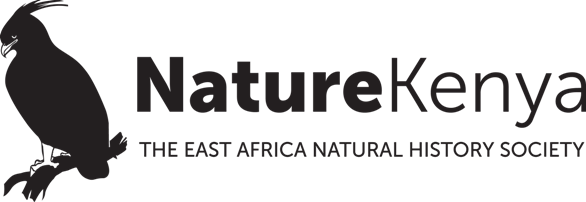The Mount Kenya Biodiversity Conservation Group (Mt Kebio) is one of the Site Support Groups (SSGs) of Nature Kenya in the Central region. The SSG works with local communities alongside conservation authorities to conserve the critical Mount Kenya forest ecosystem.
Rampant cases of deforestation, the disappearance of rare species like the Kenyan Jewel damselfly, Abbot’s Starling and Mountain Bongos, coupled with increased cases of charcoal burning and solid waste pollution led to the formation the SSG by porters and tour guides in 1999.
Currently, the group operates from the Mount Kenya Eco-resource centre in Naro Moru town at the base of the mountain. The Eco-resource centre was constructed in 2002 by Nature Kenya through funding from the Global Environment Facility (GEF). The centre serves to encourage the appreciation of the Mount Kenya forest ecosystem and its biodiversity by offering an integrated environmental education program. It hosts a conference hall alongside a library and an artefact shop where learners, researchers and tourists can access materials on conservation.
The SSG also uses the facility as a venue for public awareness creation. School children, college students and other groups visit the centre to learn more about the critical Mount Kenya forest ecosystem. Souvenirs made by SSG members are also sold at the centre.
Besides advocating for the conservation of the Mount Kenya forest ecosystem, the SSG has also integrated outreach programmes to schools.
“The aim is to let the learners know of the challenges stemming from destructive activities. We want children in schools around the Mt. Kenya area to learn and conserve this ecosystem. Children get to learn about the devastating effects of activities such as illegal logging and charcoal burning. Teaching children the values of conservation at a tender age is the best way to ensure the sustainability of this valuable ecosystem,” says Mr Alex Karuri, secretary of the SSG.
Alice King’ori, a senior teacher at Kiboya Primary School in Kieni East notes that the integrated educational programmes offered within the eco-resource centre are helping to boost learners’ understanding of conservation.
“This initiative is excellent because when learners visit the library, they get to access a lot of conservation-themed materials. They are also taken through lessons, and they get to learn of rare species found within these forests,” Ms King’ori says.
One can also spend a night camping around the eco-resource centre by hiring tents owned by the SSG and enjoy guided nature hikes offered by tour guides who double up as SSG members.
Nature Kenya has supported the training of SSG members on bird identification. The training has enhanced the guides’ bird identification skills enabling them to lead bird enthusiasts, researchers and visitors to bird-rich areas.
Planning to visit the Mount Kenya Eco-resource Centre? Kindly get in touch with Gerald on 0722172285 or Alex 0702104488.
